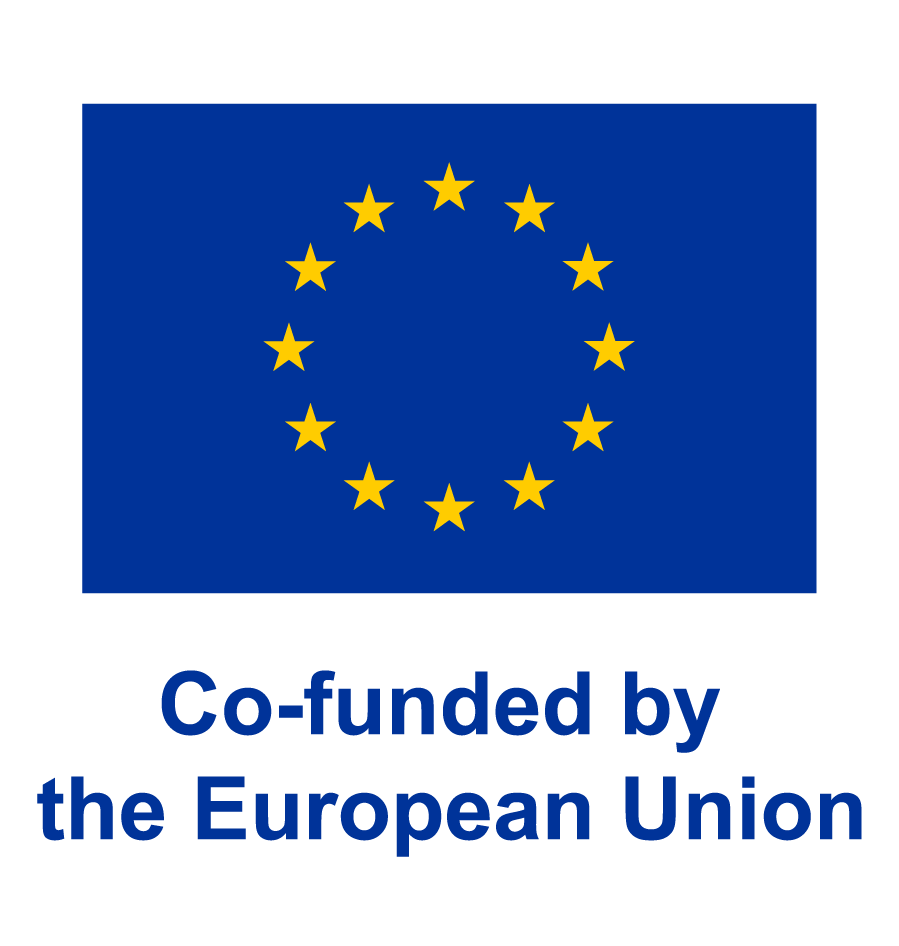- Project Number: 2019-1-BG01-KA201-062250
- Start Date: 2019-09-01
- Date of Completion: 2021-08-31
- Project type: Erasmus+ KA2
- Project sector: Adult
- Project topic(s): Accessibility & Inclusion, Gender & Diversity, Social Inclusion, Training of Trainers
Project description
With the number of children born and raised in different countries increasing in schools across Europe, the integration of migrants is high on the EU’s political agenda, while education plays a key role in bridging the gap and promoting the integration of migrant students in schools.
According to the European Commission’s “Education and Training Monitor 2017”, the common problems at the level of all participating EU countries are the lack and insufficient training of teachers, especially in initial education and in-service training for the integration of migrant students in the classroom; the weak commitment to intercultural education; the growing performance gap between foreign-born and native-born students; a large proportion of refugees are young and low-skilled, starting in initial school education; the contradiction between intercultural ideas and national and mono-cultural thinking, as well as cultural prejudices present in societies and schools.
Project objectives
To provide effective solutions for integration, social inclusion and building links between native and immigrant populations in European schools.
Improving the skills of teachers in schools and encouraging better interaction between teachers, parents and pupils living together in multicultural classrooms.
The objectives are intended to be met through the design and development of a new methodology, guide and training course, as well as an e-learning component for teachers in order to minimise the cultural gap in schools, encourage better cooperation and intercultural dialogue and create stronger links between native and immigrant pupils in multicultural classrooms.
Project results
The comprehensive conceptualisation and definition of the project framework culminated in the production of the “Report and Guide on the Basic Elements of the Methodology” in each partner country.
A guide for schoolteachers for the development of in-classroom linkages.
Training course for schoolteachers with the e-learning component.
Project partners
- Project Number: 2019-1-BG01-KA201-062250
- Start Date: 2019-09-01
- Date of Completion: 2021-08-31
- Type of project: KA2
- Related topics: Accessibility & Inclusion, Gender & Diversity, Social Inclusion, Training of Trainers


- Project Number: 2019-1-BG01-KA201-062250
- Start Date: 2019-09-01
- Date of Completion: 2021-08-31
- Project type: Erasmus+ KA2
- Project sector: Adult
- Project topic(s): Accessibility & Inclusion, Gender & Diversity, Social Inclusion, Training of Trainers
- Project Number: 2019-1-BG01-KA201-062250
- Start Date: 2019-09-01
- Date of Completion: 2021-08-31
- Project type: Erasmus+ KA2
- Project sector: Adult
- Project topic(s): Accessibility & Inclusion, Gender & Diversity, Social Inclusion, Training of Trainers